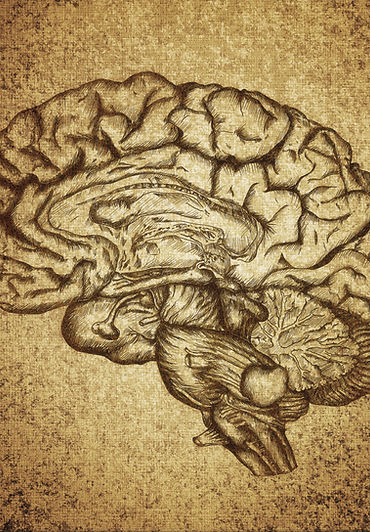
Vasopressin.org
Regulatory and functional pathways mediating the control of central osmotic defences by hypothalamic transcription factor CREB3L1.
The neuroendocrine reflexes regulating water balance are centred on hypothalamic magnocellular neurones that synthesise the antidiuretic peptide hormone vasopressin (AVP). These neurones send axonal projections to the posterior pituitary gland, from where AVP is released into the blood. As a consequence of the depletion of pituitary stores that accompanies chronic osmotic stimulation, there is a need to synthesise more AVP. As we showed 25 years ago, this starts with an increase in transcription, and results in an increase in the abundance of mature mRNAs. Considerable effort has been expended in the subsequent years attempting to define the molecular mechanism responsible, but they have remained largely elusive. In order to overcome this problem, we decided to document the transcriptome of the rat hypothalamus, and described it changes following the osmotic stimuli dehydration or salt loading. On of the genes thus identified was basic leucine zipper transcription factor cAMP-responsive element binding protein 3 like 1 (CREB3L1, also called OASIS), which is robustly up-regulated in AVP neurones by hypersomostic cues. CREB3L1 is an endoplasmic reticulum (ER) and Golgi resident protein that is activated by regulated intramembrane proteolysis, resulting in the release of an N-terminal activating domain that is transported to the nucleus, where it regulates the transcription of target genes. We tested the hypothesis that CREB3L1 can activate AVP gene transcription. We showed that CREB3L1 induces the expression of rat AVP promoter-luciferase reporter constructs, and direct binding of CREB3L1 to the AVP promoter was shown by chromatin immunoprecipitation both in vitro and in the SON itself. Injection of a lentiviral vector expressing a constitutively active mutant form of CREB3L1 into rat SON and PVN increased AVP biosynthesis. It is known that cAMP levels are increased in the SON and PVN following chronic osmotic stimulation, and it has been suggested that this intracellular signalling pathway maybe important in the up-regulation of AVP expression. We have now shown that CREB3L1 mRNA expression is up-regulated by cAMP pathways, and that shRNA knockdown of CREB3L1 blocks the cAMP-mediated activation of AVP expression. Interestingly, inhibition of protein synthesis blocks the cAMP-mediated up-regulation of CREB3L1 expression, suggesting the requirement for the synthesis of an intermediary “Mystery Transcription Factor”. We are now using a multi-disciplinary combination of state-of-the-art epigenomic (ChIPseq), transcriptomic (RNAseq), and proteomic/neuropeptidomic (yeast two hybrid and mass spectrometry), technologies, combined with state-of-the-art bioinformatics, to decipher the molecular pathways by which CREB3L1 functions in hypothalamic neurones that control hydromineral homeostasis. In doing so, we will address 6 interrelated questions, the answers to which will reveal the detailed mechanisms CREB3L1 regulation and function, within the context of the brain mechanisms that regulate water balance: Q1. What are the molecular mechanisms that mediate the regulation of Creb3l1 by physiological cues? What is the identity of the “Mystery Transcription Factor”. Q2. What are the molecular interactions in the hypothalamus that facilitate CREB3L1 actions? Q3. What genes does CREB3L1 regulate in the SON and PVN? Q4. How does CREB3L1 affect neuropeptide biosynthesis in the HNS? Q5 Can we construct and test in silico models of the integrated mechanisms of CREB3L1 function? Q6 What are the physiological roles of CREB3L1 and interacting genes?
